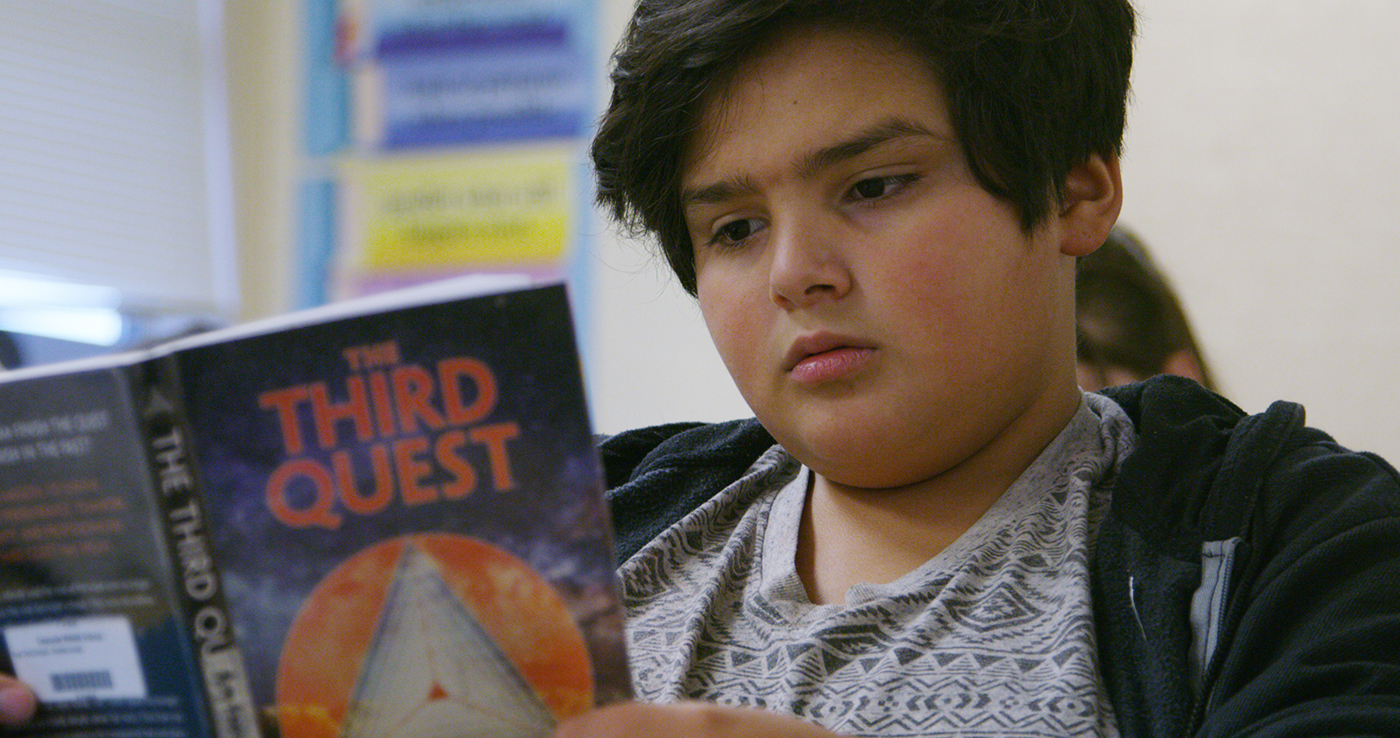CORE’s Excellence in Education Blog post this month is on the impact of the Supreme Court’s Unanimous Ruling on Special Education, setting a higher standard for students with disabilities.
Interested in more great professional insights on Special Education? Check out this CORE webinar: SEL and IDEA – Social Emotional Learning and Special Education
(By Linda Diamond, Author of the Teaching Reading Sourcebook and CORE’s Founder)
Finally, special education students are getting the attention they deserve. In March the Supreme Court issued a unanimous decision in the case of Endrew F. v. Douglas County School District RE-1. This decision will have an impact on how schools address the needs of students with disabilities. Chief Justice Roberts, who authored the opinion, established a more rigorous test for determining whether school districts are indeed providing a free and appropriate public education (FAPE) to students with disabilities. The ruling specifically stated that:
“To meet its substantive obligation under the IDEA, a school must offer an IEP reasonably calculated to enable a child to make progress appropriate in light of the child’s circumstances…After all, the essential function of an IEP is to set out a plan for pursuing academic and functional advancement…A substantive standard not focused on student progress would do little to remedy the pervasive and tragic academic stagnation that prompted Congress to act.”
This is a first. Until this new ruling, school districts have based much of their special education services on the 1982 Court decision in Board of Education of Hendrick Hudson Central School District v. Rowley. The 1982 decision held that the IDEA established a substantive right to a Free Appropriate Public Education (FAPE) for children with disabilities but did not establish a standard for determining whether such students are receiving sufficient educational benefits; however, the Supreme Court’s recent decision establishes such a standard. The case involved a young child with autism who was removed by his parents from his public school when his behavior became problematic and the school did not change the IEP goals as the parents requested. His IEP had the same goals every year and he was never making progress. After moving to a private school not only did his behavior improve due to a behavioral intervention plan but his academic progress accelerated as a result of more rigorous goals. The parents sought tuition reimbursement from the public school and the Tenth Circuit Court ruled against their complaint, stating that all the IEP had to do was offer educational benefit that was “merely more than de minimis.” De minimis means “so minor as to merit disregard.” However, the Supreme Court rejected this decision. The Supreme Court explained that a child who is integrated into the regular classroom should receive a level of instruction that provides advancement through the general curriculum. In fact, the ruling stated that the IEP “must be appropriately ambitious in light of [the student’s] circumstances, just as advancement from grade to grade is appropriately ambitious for most children in the regular classroom. The goals may differ, but every child should have the chance to meet challenging objectives.” In other words, IEPs should have challenging goals and students should be taught in such a way that they can make good progress toward those goals.
As a proud member of the International Dyslexia Association, an organization that signed a friend of the court amicus brief about this case, I am thrilled that the court determined that the standard for students with learning disabilities must exceed de minimis. Our most vulnerable children deserve an education that is not “so minor as to merit disregard.” The Supreme Court ruling now makes it possible to ensure all children “should have the chance to meet challenging objectives.” But what is required? What do school districts need to do?
Because of the Supreme Court’s ruling, districts will want to equip special education and regular education teachers with the skills and knowledge to be able to teach all students to a higher level. This will require better and deeper professional development in evidence-based teaching practices, including the best practices to remediate children with disabilities and to prevent learning difficulties from becoming entrenched. It will require selecting and fully implementing the best curricula for all students as well as the most effective materials for teaching students already identified with disabilities. Finally, teachers, both general education and special education, need to have appropriate tools to screen children and to regularly monitor their progress and response to interventions.
As a professional development learning organization, all too frequently we see that special education teachers are left out of professional development. And what development is provided is short term, not deep and usually does not include ongoing coaching, reflection or study. This is a tall order but desperately important. If districts do not take this ruling seriously or sideline parent advocates, I fear that many more districts will face lawsuits demanding tuition reimbursement for private schools. It is useful to note that the Common Core State Standards and most state standards demand rigor. Now the Supreme Court is ruling that rigor is not just for regular education students.
Coming June 12: The Avalanche of Dyslexia Laws will Mean Changes in Schools
Recommended Reads:
Learn more about CORE’s Special Education Professional Learning Services.
To receive future editions of this blog via e-mail, add your name to the mailing list.





